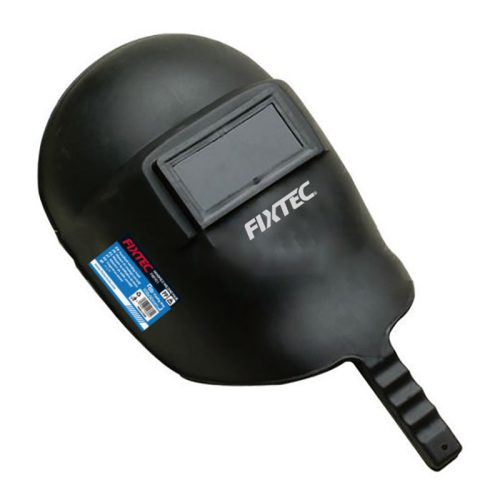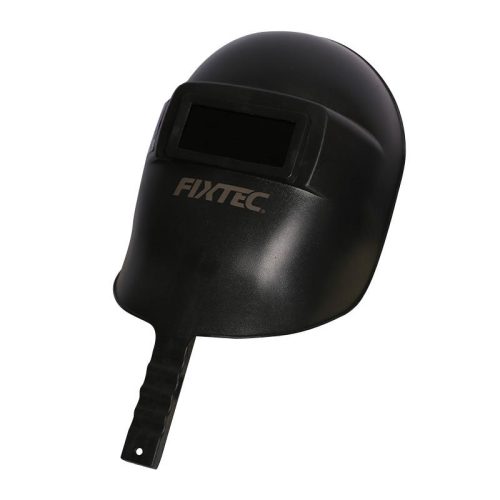Customizing your helmet for safety should always prioritize enhancing the protective capabilities of the helmet rather than solely focusing on aesthetics. While personalizing the style of your helmet is one aspect, making safety modifications can be crucial for specific activities or preferences. Here are some ways to customize your helmet for safety:
- Upgraded Padding and Liner: You can enhance the comfort and safety of your helmet by customizing the padding and liner. Choose materials that provide better shock absorption and fit your head shape for a snug and secure fit.
- Aftermarket Accessories: Some helmets allow you to attach additional safety accessories. For instance, you can add a face shield or a visor to protect your face from debris and wind. Make sure these accessories are compatible with your helmet model.
- Communication Systems: If you use your helmet for activities like motorcycling, consider adding a communication system that allows for hands-free operation of your phone or communication with other riders. This can enhance safety by minimizing distractions.
- Upgraded Straps and Buckles: Replace straps and buckles with higher-quality and more secure options if you find the default ones to be lacking in safety. Ensure that they meet or exceed safety standards.
- Aftermarket Impact Liners: Some helmets come with customizable impact liners or additional padding to increase protection. These can help absorb and distribute the energy of impacts more effectively.
- LED Lights and Visibility Enhancements: For better visibility, you can attach LED lights or reflective materials to your helmet. This is particularly important for nighttime riding or activities in low-light conditions.
- Customized Ventilation: Ensure that your helmet’s ventilation system meets your needs for cooling and airflow. A well-ventilated helmet can prevent overheating, which is crucial for comfort and focus during physical activities.
- Fog-Resistant Visors: If you’re in a situation where visibility can be compromised due to fog or moisture, consider a helmet visor or shield with anti-fog properties.
- Specialized Helmets: For specific activities, you may opt for helmets designed for those purposes. For example, if you’re into off-road biking, choose a helmet with better coverage for the back of the head and additional protection.
- Custom Fit: The most important aspect of helmet safety is a proper, snug fit. Customizing your helmet to your head shape or using additional padding to achieve the right fit is crucial. Some helmets can even be 3D-scanned and custom-made for a perfect fit.
- Replaceable Parts: Some helmets have replaceable parts like impact liners, visors, or ventilation components. Regularly check and replace these parts as needed to maintain the helmet’s safety and functionality.
- Safety Certifications: Ensure that any customization you make does not compromise the helmet’s safety certifications. Any alterations should still meet relevant safety standards to provide adequate protection.
Remember that modifying your helmet for safety should be done cautiously and with the manufacturer’s guidelines in mind. If you’re unsure about a specific customization, consult with a professional, such as a helmet technician or the helmet manufacturer, to ensure you maintain the helmet’s safety integrity while making improvements. Safety should always be the top priority when customizing a helmet for any purpose.


